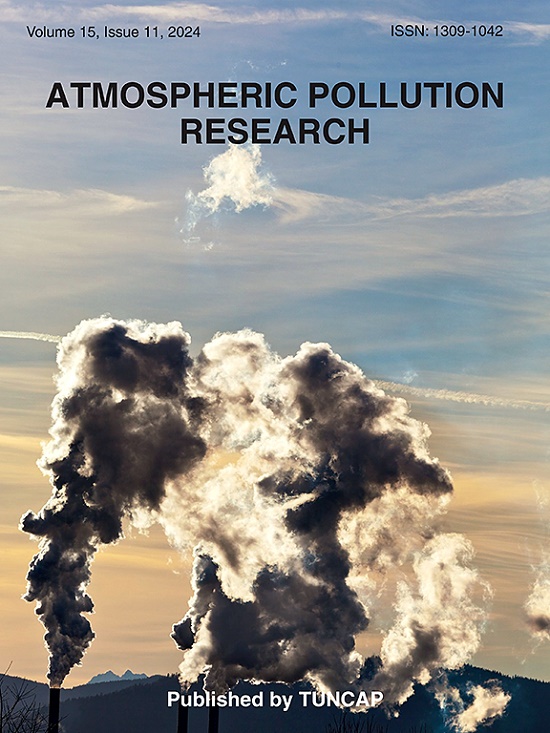Dechlorane plus and its related compounds in residential indoor dust from the Quzhou City: Occurrence and human exposure
IF 3.9
3区 环境科学与生态学
Q2 ENVIRONMENTAL SCIENCES
引用次数: 0
Abstract
In contrast to dechlorane plus (DP), DP related compounds (DPCs) have received fewer investigation regarding human exposure through the ingestion of residential indoor dust. This study analyzed anti-DP, syn-DP, and 13 DPCs in indoor dust from China (n = 137), and then estimated the amount of human exposure to these compounds via indoor dust ingestion. Monitoring results revealed the presence of anti-DP, syn-DP, and 11 DPCs in collected indoor dust, with anti-DP, syn-DP, dechlorane, mono-dechlorinated DP (Cl11-DP), and dechlorane 602 (Dec602) having the detection frequencies of >50%. All the collected indoor dust samples contained measurable anti-DP and syn-DP, with the mean concentrations of 45 ng/g (range 0.27–708 ng/g) and 24 ng/g (0.21−163 ng/g), respectively. Among detected DPCs, dechlorane (mean 12 ng/g, range < LOD−74 ng/g) was the most prominent chemical, with the mean concentration being 4.8 and 2.6 times higher than that of Cl11-DP (2.5 ng/g) and Dec602 (4.6 ng/g), respectively. In indoor dust samples, concentrations of di-dechlorinated DP (Cl10-DP; p < 0.01) and Cl11-DP (p < 0.01) exhibited significant correlations with that of DP, indicating that Cl10-DP and Cl11-DP may be mainly derived from the dichlorination of DP in indoor dust. Toddlers (mean 4.2−75 pg/kg bw/day) exhibited remarkably greater daily intake of target DP and DPCs, compared with adults (1.9−35 pg/kg bw/day) and children (3.5−63 pg/kg bw/day). This represents the most comprehensive study, to our knowledge, examining the presence of DPCs in residential indoor dust.

求助全文
约1分钟内获得全文
求助全文
来源期刊

Atmospheric Pollution Research
ENVIRONMENTAL SCIENCES-
CiteScore
8.30
自引率
6.70%
发文量
256
审稿时长
36 days
期刊介绍:
Atmospheric Pollution Research (APR) is an international journal designed for the publication of articles on air pollution. Papers should present novel experimental results, theory and modeling of air pollution on local, regional, or global scales. Areas covered are research on inorganic, organic, and persistent organic air pollutants, air quality monitoring, air quality management, atmospheric dispersion and transport, air-surface (soil, water, and vegetation) exchange of pollutants, dry and wet deposition, indoor air quality, exposure assessment, health effects, satellite measurements, natural emissions, atmospheric chemistry, greenhouse gases, and effects on climate change.
 求助内容:
求助内容: 应助结果提醒方式:
应助结果提醒方式:


